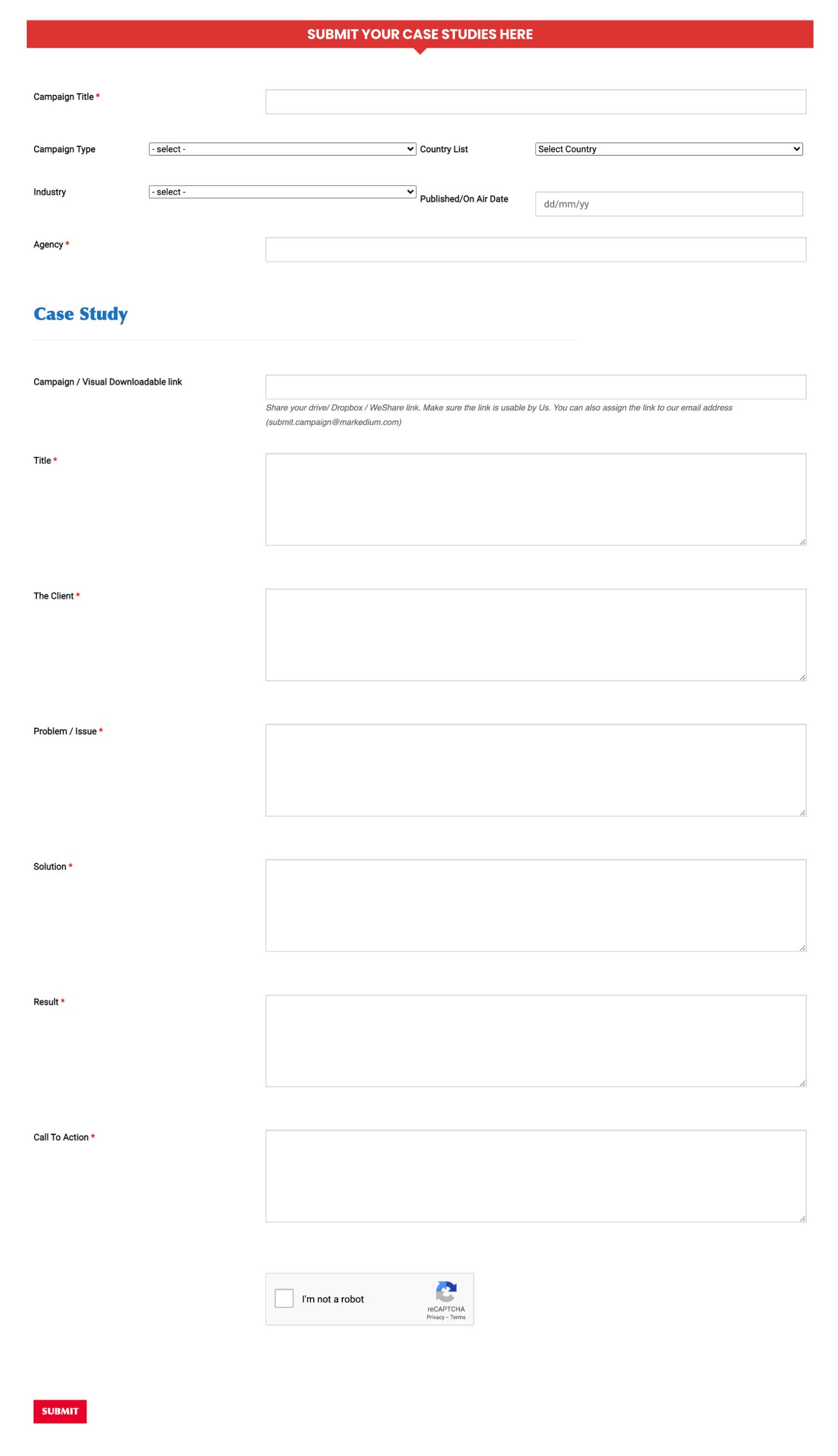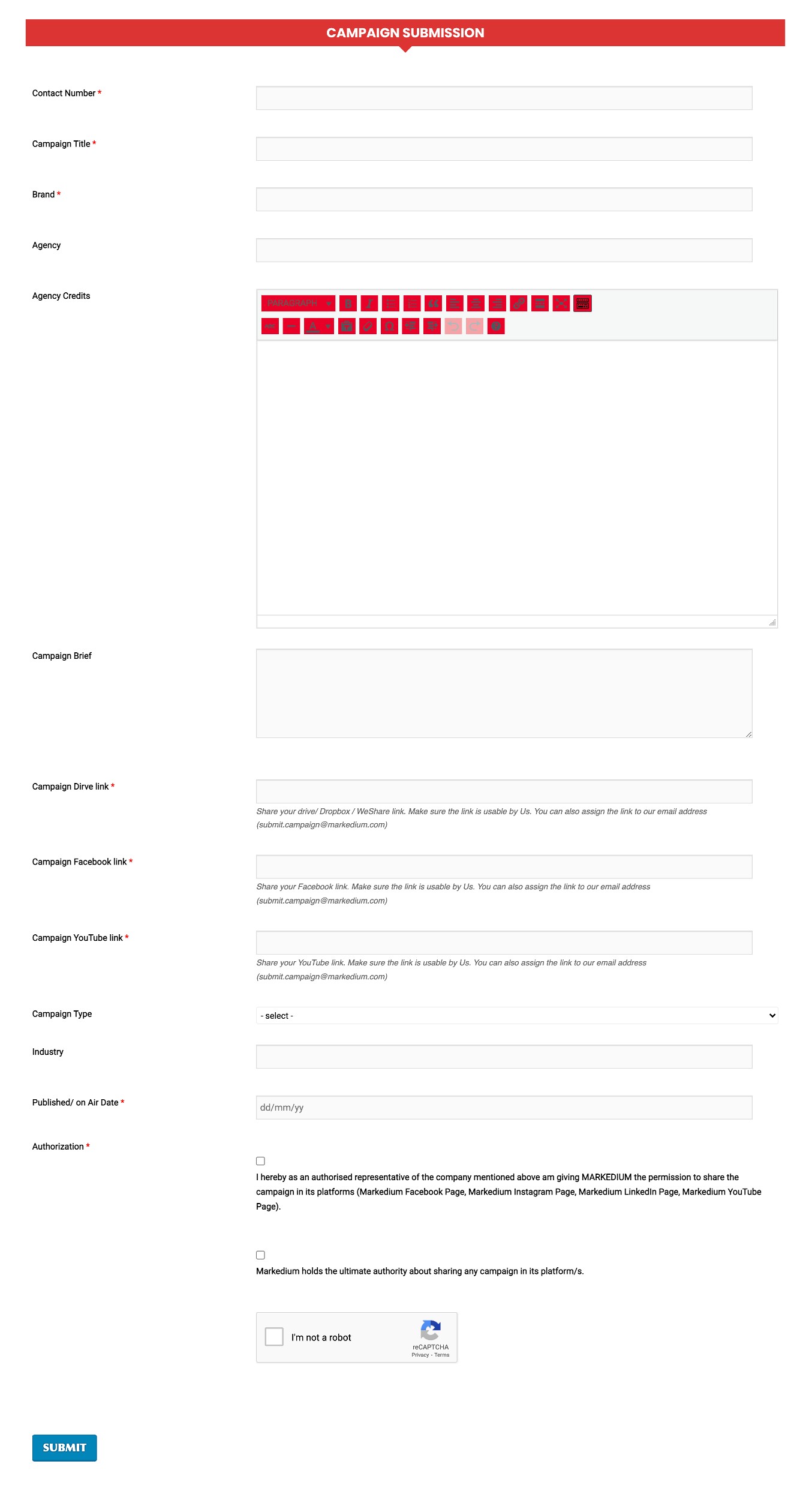
How a Campaign Revolutionized India’s Mutual Fund Industry | Lessons for Bangladesh6 min read
In the financial landscape, campaigns can be transformative, especially when addressing the gap between perception and reality in investing. One such campaign, “Mutual Fund Sahi Hai” (Mutual Funds Are Right), launched by the Association of Mutual Funds in India (AMFI), revolutionized India’s mutual fund industry by bringing it into the mainstream.
This initiative not only raised awareness but also changed the way people, from the working class to professionals, viewed mutual funds as a tool for wealth creation. For Bangladesh, a country with untapped potential in its financial markets, there are many valuable lessons to learn from India’s success.
The Genesis of the “Mutual Fund Sahi Hai” Campaign
Launched in 2017, the “Mutual Fund Sahi Hai” campaign was spearheaded by AMFI under the guidance of the Securities and Exchange Board of India (SEBI). The campaign was not just about promoting mutual funds but educating the public on how to make smart financial decisions. At its core, the initiative sought to address the prevalent misconceptions about mutual funds, especially the notion that they are risky or complicated.
Through a multi-platform approach, the campaign reached a broad audience via television, digital media, radio, print, outdoor advertisements, and even cinema. The use of simple, relatable language and catchy slogans, like “Mutual Fund Sahi Hai,” resonated with ordinary people, breaking down the complexities of mutual fund investments into digestible content. Within just one year, 5 million new investors joined the mutual fund market, and the Average Assets Under Management (AUM) surged by 33%, from INR 18.5 trillion in February 2017 to INR 24.6 trillion in March 2019.
The success of the campaign wasn’t limited to metropolitan cities. While Tier 1 cities, like Mumbai and Delhi, quickly embraced mutual fund investing, the campaign has since been expanded to reach Tier 2 and Tier 3 cities. This expansion demonstrates AMFI’s commitment to bridging the financial literacy gap across India. Now, terms like SIP (Systematic Investment Plan) are part of the common vernacular in these cities, signaling a fundamental shift in how Indians approach saving and investing.
What Bangladesh Can Learn
Bangladesh, a nation with over 170 million people and a rapidly growing economy, is at a different stage of development in its mutual fund industry. Despite this economic growth, the country’s mutual fund market is still in its infancy, valued at around Tk 16,000 crore (approximately $1.47 billion USD), which pales in comparison to India’s market. One major factor contributing to this slow growth is the lack of financial literacy.
Bangladeshis, much like Indians before the campaign, have traditionally been more comfortable with fixed-income products like fixed deposits and savings certificates. This conservative approach stems from a lack of awareness about alternative investment options such as mutual funds. The question arises: Could Bangladesh replicate the success of India’s “Mutual Fund Sahi Hai” campaign to boost participation in its own market?
The short answer is yes—but it requires a concerted effort from both the private and public sectors, alongside the asset management companies operating within the country.
Addressing Financial Literacy in Bangladesh
The financial literacy problem in Bangladesh is undeniable. While the government has made strides in financial inclusion, with more people gaining access to formal banking services, investing in equity markets and mutual funds remains a niche activity. Many still perceive the stock market and mutual funds as speculative, risky, and accessible only to the wealthy or those with specialized knowledge.
To combat these perceptions, a well-structured and localized campaign similar to “Mutual Fund Sahi Hai” could be instrumental. By creating simple, relatable content in Bangla and disseminating it across TV, radio, social media (this will be a game-changer), and even community outreach programs, asset managers could demystify mutual funds and present them as accessible, flexible, and reliable options for long-term wealth creation.
In India, the success of the “Mutual Fund Sahi Hai” campaign can largely be attributed to its ability to resonate with everyday people. One advertisement, for instance, shows two friends near a samosa stall, with one telling the other that while eating samosas may make him fat, it won’t make him wealthy. The friend then suggests investing in mutual funds as a way to grow wealth, dispelling common myths about liquidity by explaining that mutual funds can be withdrawn in emergencies. The ad’s conversational tone and its ability to address common fears—such as liquidity—were key to its success.
Have a look:
Here are the key points explaining why the “Mutual Fund Sahi Hai” campaign was a success:
- Addressing Common Fears: The campaign directly tackled widespread fears about mutual funds being risky or illiquid, making the concept more accessible to ordinary investors.
- Simplified Messaging: Complex financial jargon was broken down into easy-to-understand language, demystifying mutual funds for the average person.
- Relatable Scenarios: Ads used everyday situations, like the samosa stall example, to create relatable, real-life contexts that resonated with people.
- Celebrity Endorsements: Celebrities like Sachin Tendulkar were used to build trust and credibility, making mutual funds seem more reliable to the general public.
- Multi-Platform Reach: The campaign was spread across TV, digital, radio, print, and cinema, ensuring that it reached a diverse audience across urban and rural areas.
- Multi-Language Approach: By launching the campaign in multiple local languages, it ensured inclusivity and better comprehension across different regions of India.
- Consistent Engagement: Continuous outreach and education over time helped reinforce the message and convert potential investors into actual mutual fund participants.
A similar approach could work in Bangladesh, where people have a deep cultural inclination toward saving but may not be fully aware of the options available beyond fixed deposits and savings certificates. Asset managers need to make mutual funds seem as familiar as any other financial product, highlighting their flexibility, accessibility, and potential for higher returns over the long term.
Read more: BRAC Bank Astha App Achieves Milestone Of 7 Lakh Subscriber Base
Can Private Sector Drive the Change?
While the government in Bangladesh has made financial inclusion a priority, the private sector, especially asset management companies, has a critical role to play in driving mutual fund awareness. Expecting the government to single-handedly shoulder this responsibility would be a missed opportunity. Companies need to step up by investing in campaigns that focus on education rather than just promotion.
The success of a “Mutual Fund Sahi Hai” equivalent in Bangladesh would rely heavily on collaboration between the private sector, financial regulators, and the media. The campaign would need to address the specific financial concerns of Bangladeshis, many of whom live in rural areas or have irregular incomes. By showcasing how mutual funds can serve as an accessible tool for both short-term liquidity needs and long-term wealth growth, such a campaign could significantly alter the financial landscape of the country.
Final Thoughts
India’s “Mutual Fund Sahi Hai” campaign not only transformed how people viewed mutual funds but also fundamentally shifted the country’s financial ecosystem by democratizing investment opportunities. For Bangladesh, a similar campaign could be a game-changer in addressing the country’s financial literacy gap and promoting more diversified investment portfolios.
The mutual fund industry in Bangladesh has enormous potential, but for it to grow, it needs the same kind of public trust that India’s campaign was able to cultivate. Through a collaborative, education-first approach, Bangladesh could see a similar transformation, enabling millions more to participate in wealth creation beyond traditional fixed-income products. The future of Bangladesh’s mutual fund industry might very well depend on this crucial step toward greater financial literacy.
For more updates, be with Markedium.


